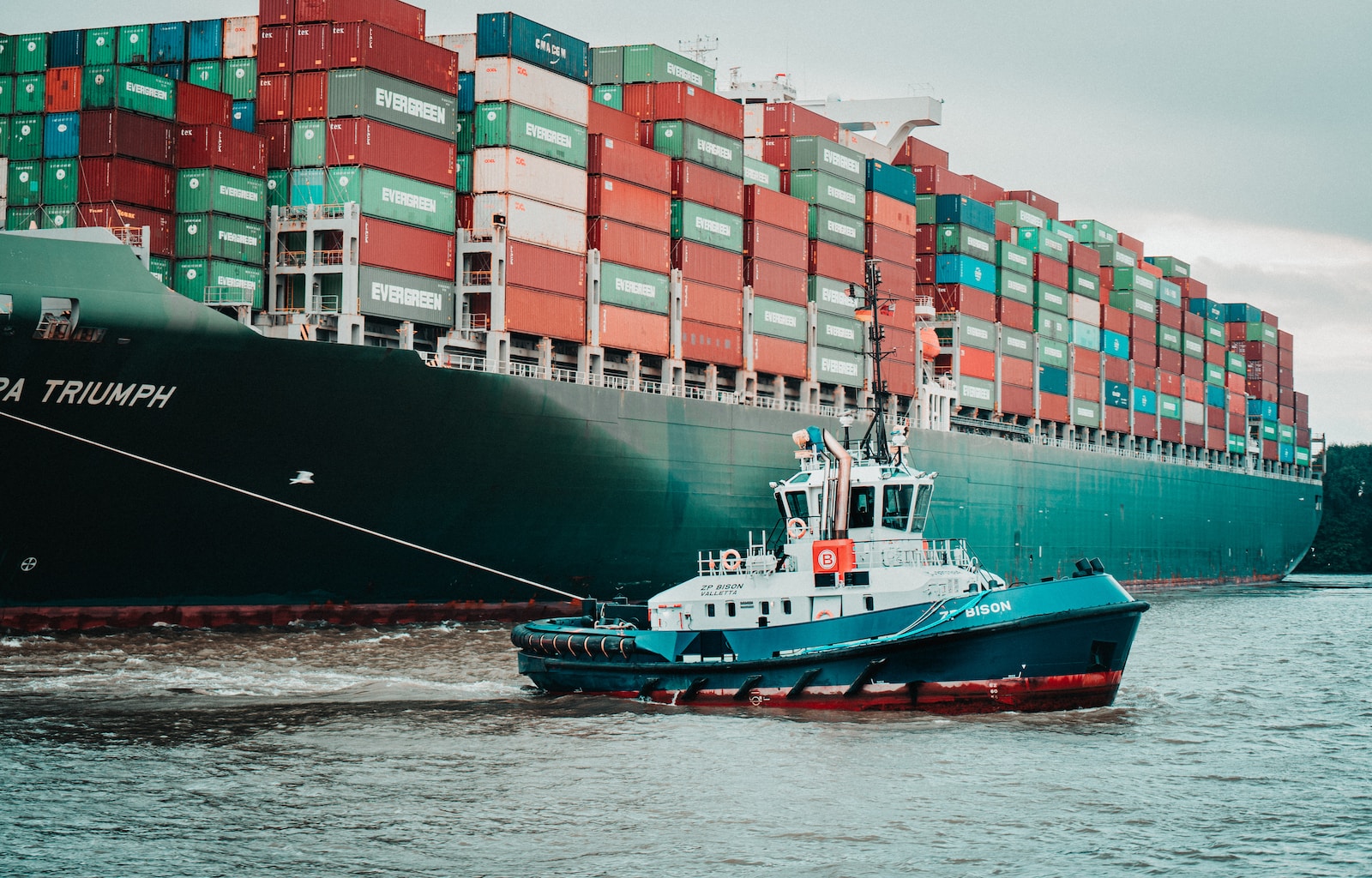What are the determinants and non-determinants of supply? In microeconomics, supply is the measure of how much of a good or service is available for purchase. Supply is the key to marketing, branding and ultimately selling the product. It is often represented as a curve shifted vertically by the price. The quantity supplied refers to the amount of a good or service that producers are willing and able to sell at a given price in a given period of time.
The law of supply is one of the most basic principles in economics and states that, all else being equal, an increase in price leads to an increase in quantity supplied and vice versa. The law of supply is represented by an upward-sloping curve on a graph, with quantity supplied increasing as price increases. It is determined by factors such as technology, resource availability, and producer expectations.
What are the determinants of supply?
The key concept in economics and they refer to the factors that influence the quantity of a good or service that a supplier is willing to provide. It can be either static or dynamic. Static determinants are those that do not change over time, such as land and production technology. Dynamic determinants are those that can change over time, such as labor, capital, and market conditions. The most important determinant is the price. Other important determinants include input costs, government regulations, taxes, and subsidies.
These determinants can be classified into following main categories:
- Production costs,
- Resource availability,
- Technology,
- Market demand.
- Government policies
- Taxes and subsidies
Production Costs
Production costs refer to the costs incurred by a firm in order to produce a good or service. This includes costs such as land, labor, materials, and capital. Here land refers to all of the natural resources used in production, such as raw materials, water, and minerals. Labor refers to the human effort expended in production, including both physical and mental work. Capital refers to all of the manufactured goods used in production, such as tools, machines, and buildings.
Higher prices of inputs (e.g., labour, raw materials) lead to higher costs of production and hence lower profits for firms, resulting in a decrease in quantity supplied.
Resource availability
Resource availability refers to the availability of the inputs needed to produce a good or service. Natural resources can also affect supply levels. If there is an abundance of a particular resource, then this can lead to increased production and lower prices. However, if there is a scarcity of a resource, then this can lead to decreased production and higher prices.
Technology
Technology refers to the methods and processes used in production. It includes both the know-how needed to produce a good or service and the actual physical process of production. Technology is often a major driver of increases in supply. As technology improves, it can allow for more efficient production methods and higher output levels. This can lead to increased supply and lower prices for consumers.
Market demand
Changes in market demand can also impact supply levels. An increase in demand for a good or service will usually result in an increase in production and lower prices. However, if demand decreases, then producers may cut back on output and raise prices.
Government policies
Government policy can also have an effect on supply. Changes in government policies (e.g. subsidies, taxes, regulations) can impact on firms’ costs and profits, affecting their level of output supplied.
Taxes and subsidies
Taxes and subsidies can impact the cost of production, which in turn can affect the quantity supplied. Changes in government regulation can also influence supply levels. For example, if the government imposes stringent environmental regulations, this can lead to higher costs and lower supply levels.
These are just some of the main factors that can influence the quantity supplied of a good or service in a market. Other important considerations include things like the availability of resources, market structure and global economic conditions. Each of these can influence the quantity of a good or service that a supplier is willing to provide. For example, if production costs increase, then suppliers will be less likely to provide a good or service. Conversely, if market demand increases, then suppliers will be more likely to increase the quantity they supply.
Determinants of the price elasticity


There are a few determinants of the price elasticity, which can be classified into two main categories: internal factors and external factors.
- Internal Factors
Internal factors are determined by the conditions within the firm, such as the level of technology, the amount of capital available, and the efficiency of production.
- External Factors
External factors are determined by conditions outside of the firm, such as market demand and competitors’ prices.
- Time frame
The most important determinant of price elasticity is probably the time frame under consideration. In general, the longer the time frame, the more elastic the supply curve will be. This is because firms have a greater ability to adjust their production in response to changes in price when they have more time.
- Number of firms
Another important determinant is the number of firms in the market. If there are only a few firms, then each firm has more power to influence prices and the market supply curve will be less elastic.
- Availability of close substitutes
Finally, the availability of close substitutes also affects price elasticity of supply. If there are close substitutes for a good or service, then consumers will be more likely to switch to them if the price of the original good or service increases. This will make the market supply curve more elastic.
Considering some following questions;
- What are the determinants of the price elasticity of supply?
- Flexibility of producers
- Flexibility of buyer
- How much income
- Time & adjustment process
Answer: Option (A) & (D) are Correct.
- In the figure, which determinants of the price elasticity of supply do s1, s2, and s3 depict?
- Time & adjustment process
- Flexibility of producers
- Flexibility of buyer
- How much income
Answer: Option (A) & (B) are Correct.
Non-price Determinants of Supply
The factors that affect the quantity supplied of a good or service without changing the price. These can include things like changes in technology or production methods, natural disasters, and shifts in market demand. They can also include things like changes in government policy, taxes, or subsidies. All of these can affect how much of a good or service is available for purchase, without necessarily changing the price.
- Which of the following are non-price determinants of supply?
(Choose all that apply)
- The cost of inputs
- The state of technology
- The price of other goods in the market
- Expectations about future prices
- The number of suppliers in the market
- Government regulations
- The weather
The cost of inputs, the state of technology, expectations about future prices, the number of suppliers in the market, and government regulations are all non-price determinants of supply, except the option (G); weather is not a non-price supply.
In general, the non-price supply are important factors that can influence the quantity of a good or service that is available for purchase, without necessarily changing the price. These factors can include things like technology, resource availability, market demand, and government policy. They all play a role in shaping the supply curve and ultimately determining the equilibrium price and quantity in a market.
Concluding Remarks
The determinants of supply are an important concept in economics and they can help to explain why prices change over time. It is important to remember that the quantity supplied of a good or service is not always equal to the quantity demanded. There can be imbalance in the market which can lead to changes in price. Understanding the concept, economists can better understand how prices are determined in the market.





















Leave a Reply
View Comments